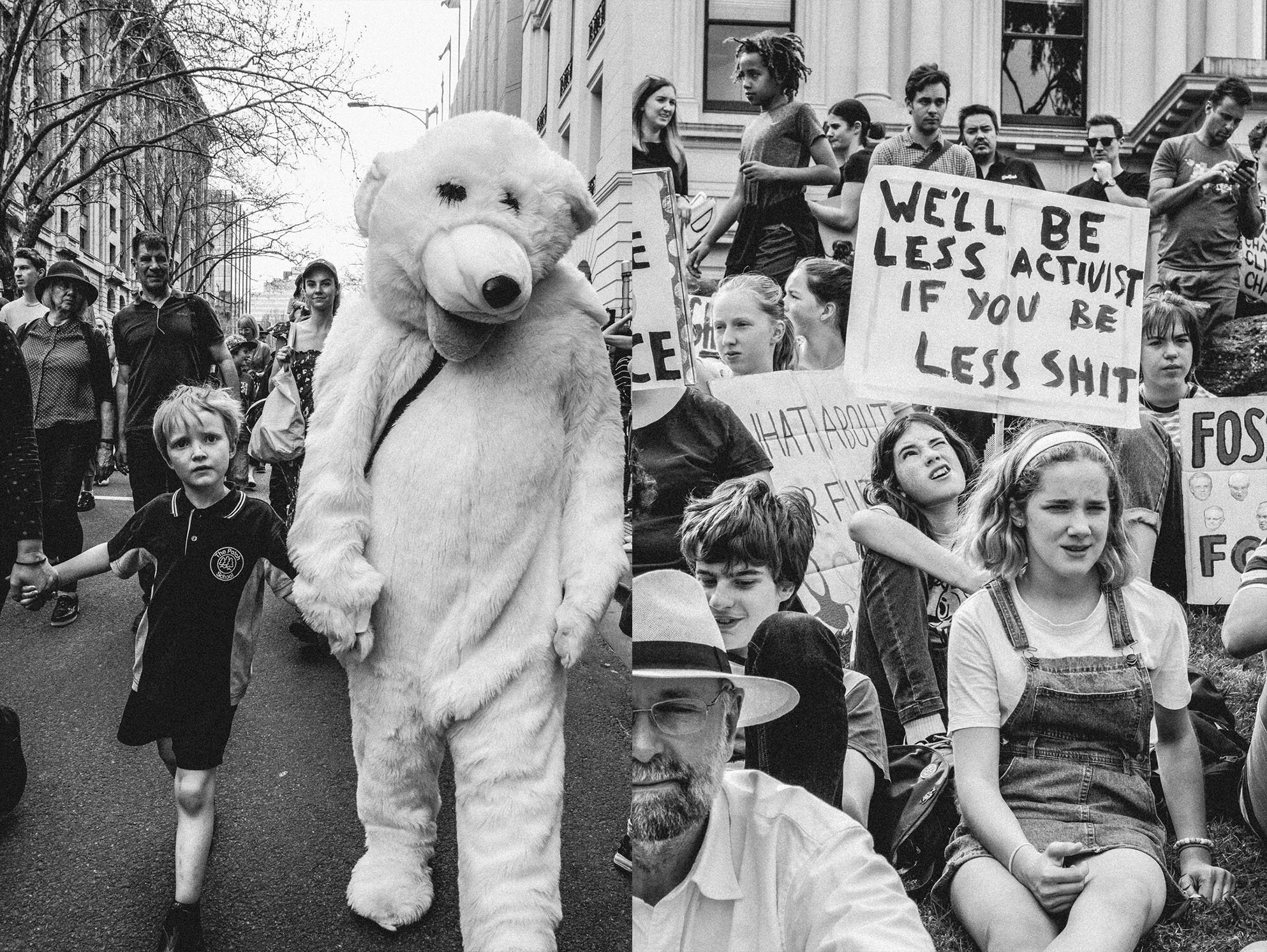Interview & Words: Elisa Routa
Photos: Jamie Wdziekonski
│
“I consider photography as a way to document the truth and raise awareness where I can.”
│
When he was a kid, Jamie Wdziekonski dreamed of having magic powers. That dream has now reached fruition since Jamie not only managed to combine his work as a recycling garbage man and his passion as a photographer, but he also turned from the fashion industry to the music industry while keeping an eye open on the social atmosphere of his own country.
Following the ravaging Australian fires, Jamie Wdziekonski documented the recent climate strikes organized across the country, gathering hundreds of thousands of students, families, and workers coming down to the city streets and becoming climate change protesters. We discussed photography as a way to document the truth and elevate oppressed voices.

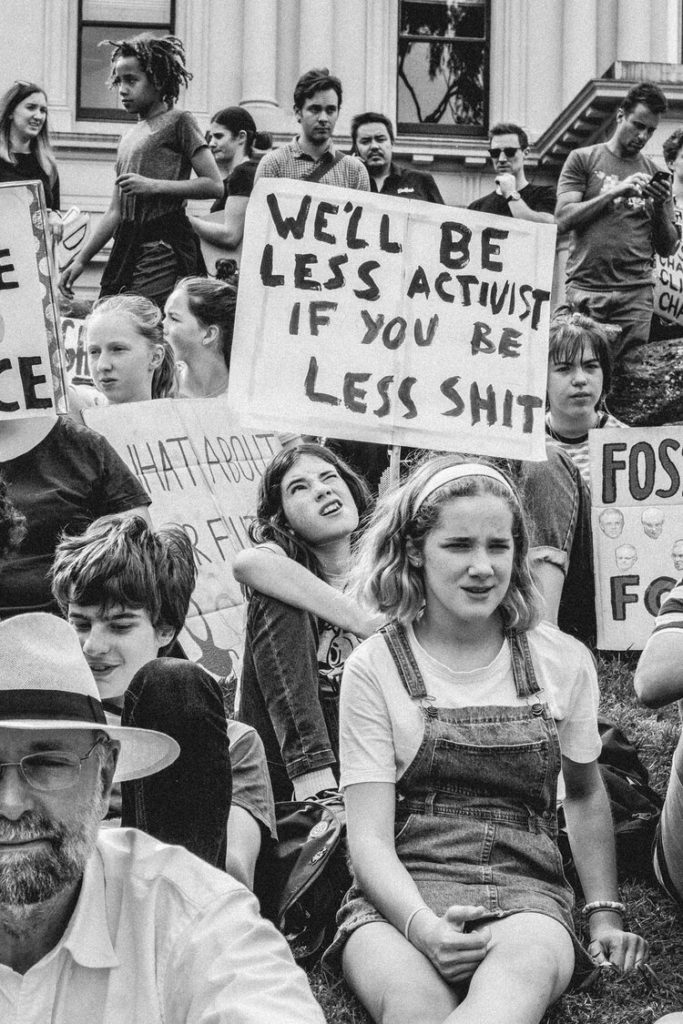

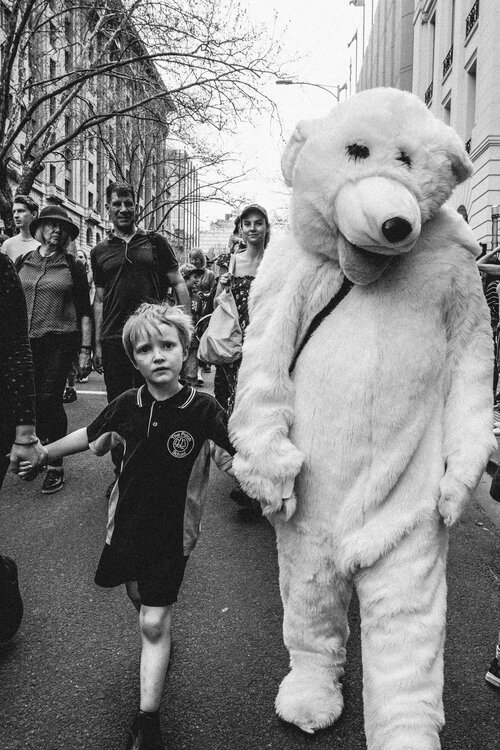



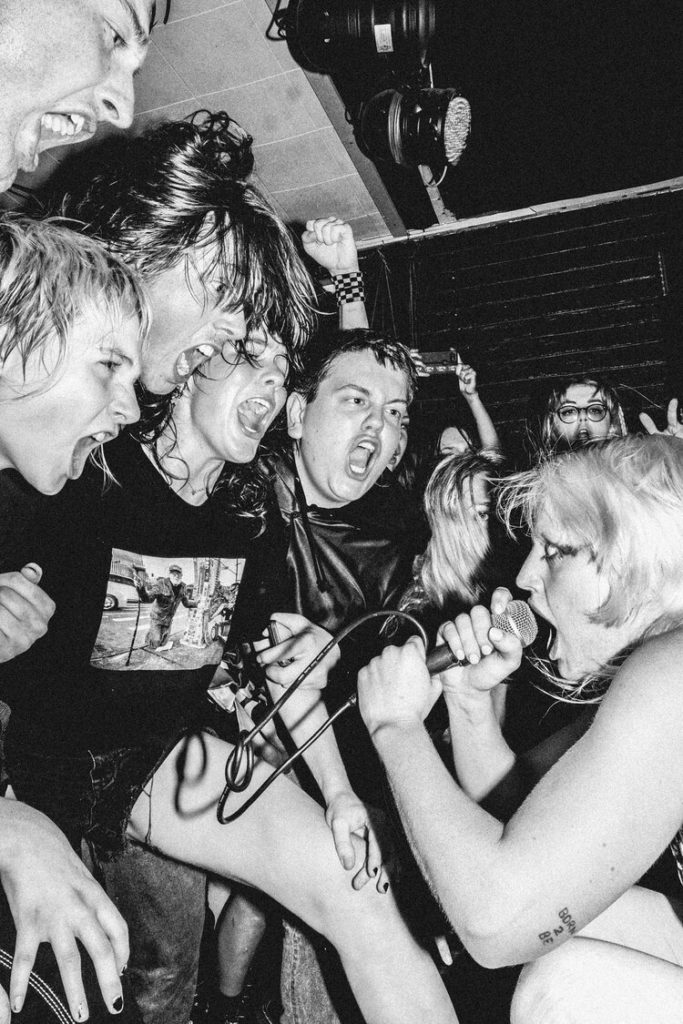

At university, I remember being quite good at phonetics and phonology. I was able to write full sentences in phonetic transcription using a set of phonetic symbols from the International Phonetic Alphabet. When I read the name of Wdziekonski, it did not take longer than one minute to realize that I became too old (/əʊld/) for that phonetic shit ( /ʃɪt/).
In the 1980s, Jamie Wdziekonski’s parents migrated from Poland as kids with their parents. “Then, they met each other at a Polish disco. I still live in Melbourne-Naarm but I’ve moved well away from the suburbs and their Polish disco. Photography has taken me around the world to many places that I never thought I’d see. Sometimes I feel like the luckiest fly on the wall.”
A few years ago, Wdziekonski was working as a fashion photographer, while not so secretly keeping music as an essential part of his life. Watching the music documentary “Dig” by Ondi Timoner, he got inspired by her dedication to following bands around for however long it was. “It’s something I wanted to do myself with photography, so King Gizzard was one of the first bands I decided to start following and documenting.” Jamie started going on an annual trip to Austin to document the Austin Psych Fest including White Fence Kikagaku Moyo. That was in 2012, and that’s when he decided to reconsider his involvement in the fashion industry. Since then, he has been documenting music bands, DIY culture, as well as protest rallies for the last seven years. Meanwhile, he’s also been working as a recycling garbage man for the same amount of years. “Although photography is my main focus in life, it’s my secondary income. I still have to wake up at 6am three to four days a week and push those bloody recycling bins.” As a kid, Jamie would dream about traveling overseas and having magic powers. In the eyes of kids like Sammy, Dane Reynold’s son, that mission’s accomplished since trash men and garbage truck drivers sit at the top of their favorite superheroes list. And we couldn’t agree more on this.
│
“I believe in people power. Rallies are very important if we want to make a change.”
│
Recently, Jamie went down the streets in Australia in order to document the climate strikes organized in response to the devastating wildfires raging across the country. For those of us who live abroad, Jamie accepted to sum up the crisis situation in order for us to understand the social protests: “It’s a scary and wild time to be living in Australia right now. In the bigger cities, there are days where you can’t go outside because he smoke levels are so hazardous. If you’re currently on the coast of NSW you might not have had power for a week because of floods and cyclonic winds,” he explains. “There was a poster going around Melbourne a couple of weeks ago saying, ‘Sell The Water, Dry The Land, Watch It Burn, Blame The Drought.’ That’s exactly what’s happening right now. We’re experiencing first-hand the devastating effects of climate change and at the same time we are having to continuously fight for our own government who’s in complete denial about the whole station. They’re prioritizing profits and money over the well-being of the land, it’s waterways, and the people.”

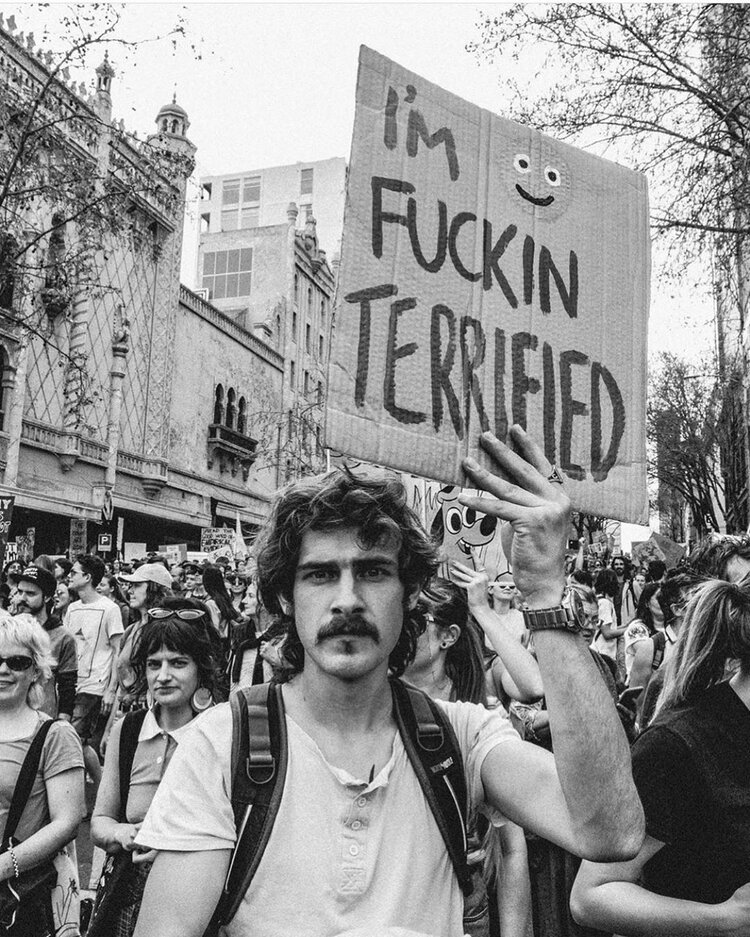

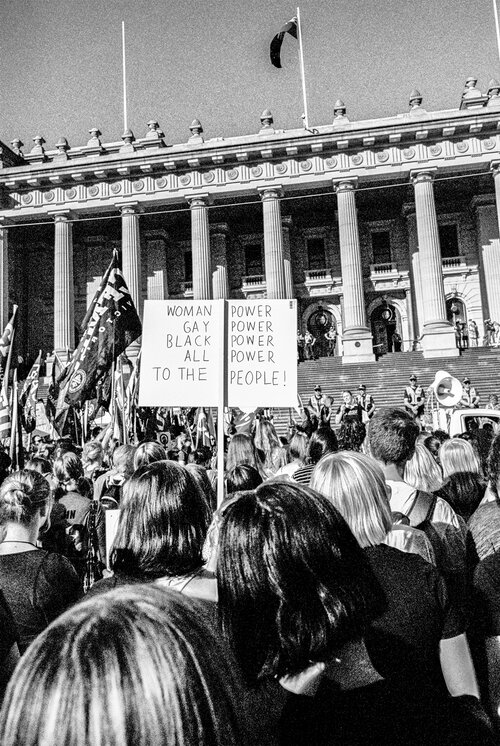

“ I felt it was important to help expose the corruption and injustices that I was learning about.”

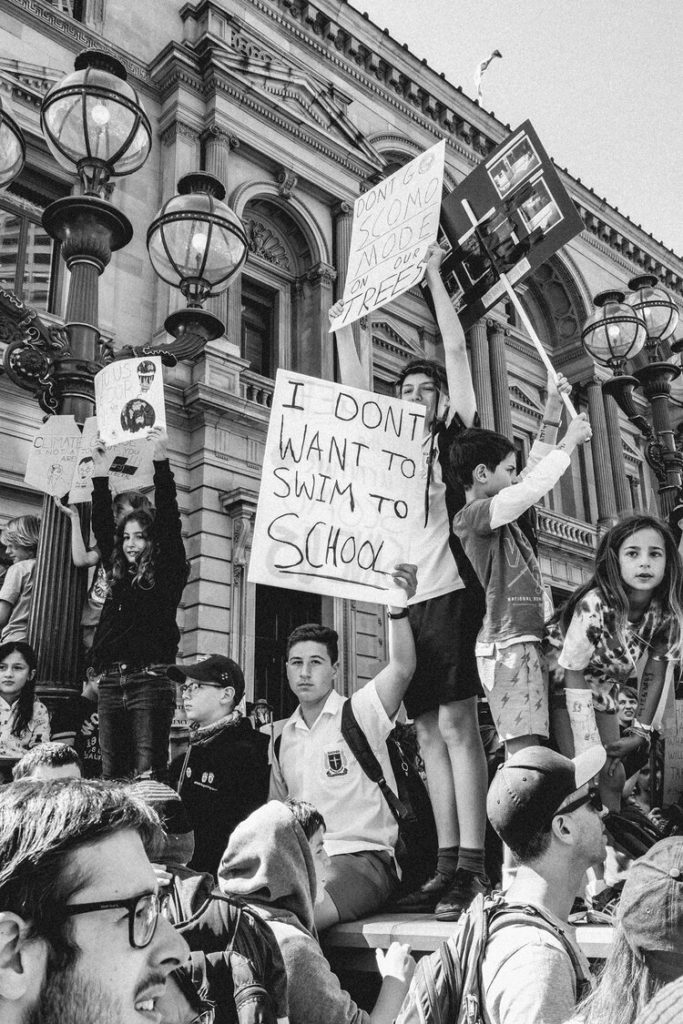

Starting to photograph rallies in 2014, social activism has taken an important place in Jamie Wdziekonski’s life. “I felt it was important to help expose the corruption and injustices that I was learning about. I consider photography as a way to document the truth,” he says. “At an indigenous rally, there was a speaker, Les Thomas, who said, ‘It’s all well and good to show up to a rally and do the march down the city streets but after that, we all leave and go back to business as usual.’ Now, I use that platform to raise awareness where I can, taking the rally beyond the one-hour march in the city and elevating oppressed voices.” According to Jamie, the dramatic situation translates directly to the ongoing oppression, displacement, and genocide of First Nations people of this land. “There is no climate justice without indigenous justice,” he explains. “They are often the first to feel the effects of climate change, there are remote towns and communities in Australia that have seen their water sources/rivers completely dried up. They have no clean water and the only way these places get a drop is thanks to people that do water runs and filter installations based off crowd funding. So on a positive note, it reinforced my faith that the power has always been in the hands of the people. I believe in people power. Rallies are very important if we want to make a change.”
│
“85% of women have been sexually harassed and domestic violence is the leading cause of homelessness for women. Women deserve to feel safe in our streets and we should expect nothing less.”
│

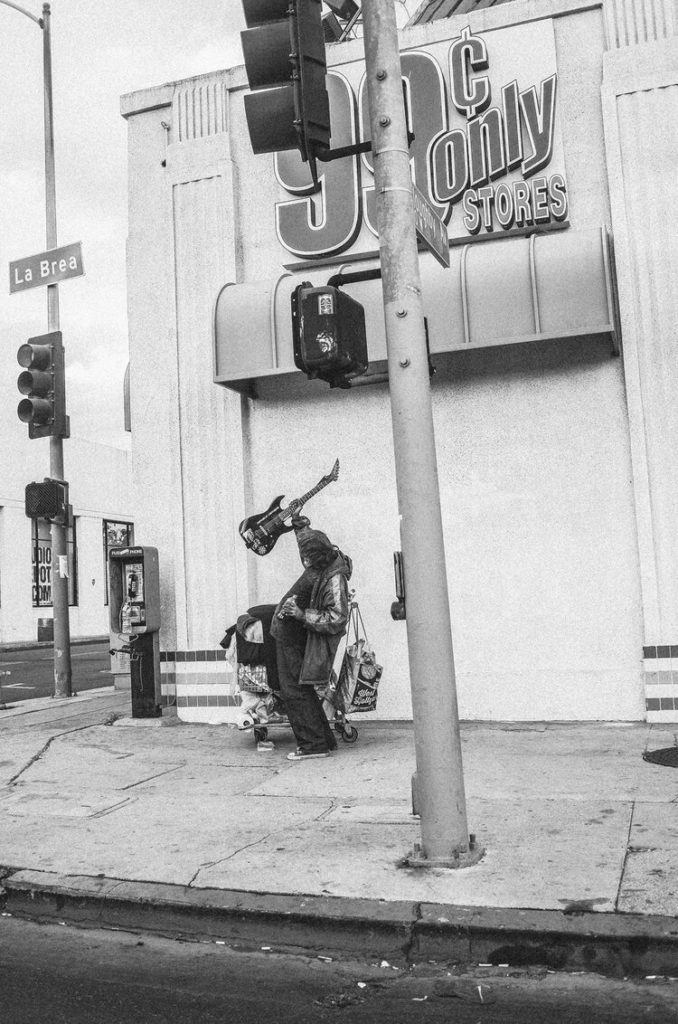

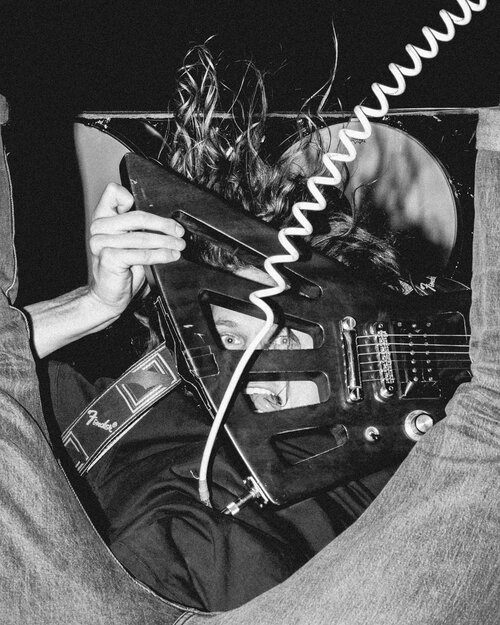


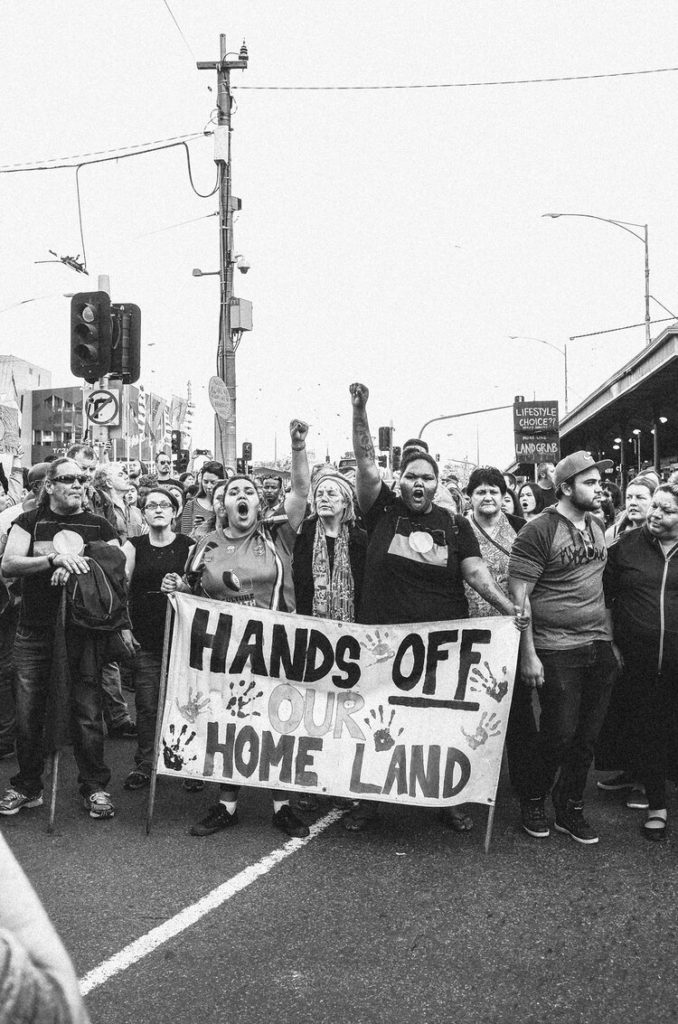

Make a change. That’s what Jamie wants to do through his pictures that, today, hold a powerful political voice. For the past four years, conscious about the impact of oppression as well as our duty to protect minority rights, the Australian photographer made a point of capturing social and historical events. In 2017, he documented International Women’s Day. “It’s important to me for a few reasons but mainly because Australia has a grim history with regards to violence against women. A lot of the systems in place are failing to protect victims. Most perpetrators were either on bail or on parole for past assaults when they reoffended. On average, one woman a week in Australia is murdered by her current or former partner. 85% of women have been sexually harassed and domestic violence is the leading cause of homelessness for women. Women deserve to feel safe in our streets and we should expect nothing less,” he says. “Two incredibly strong women, my mum and my grandma raised me, and I owe them absolutely everything.”
At that point, I’m still not sure to know how to pronounce Wdziekonski ( /dshɪək???/) but I since watched some decent Polish disco on the internet thanks to a four minute-long video clip entitled Polish Disco 1992 in which we see Polish students trying some rock n’ roll dance steps at a party. Some are proudly wearing horse riding boots, others mullet haircuts. This video is pretty cool. There’s even a comment typed below asking for the name of the song. This real-life reportage is worth much more than all the historical books that I could have read about Poland. It is purely documented in history, able to reveal not only significant and relevant social events but it also helped me learn about a time period in a country where I’ve never been. This video accurately expresses just what Polish youth looked like in the 1990s. We can’t ignore the power of films and photography. And Jamie Wdziekonski knows that as well: “Over time, I’ve been lucky enough to have people follow my works. In my eyes, the role of the photographer from a documentary point of view is to tell the truth. It’s one of the most important things I believe I could do with my photography being a white man living on stolen island.”

